Tornadoes Devastate South and Midwest as Earthquake Strikes Mississippi
As communities across the South and Midwest continue to recover from a deadly tornado outbreak, a new disaster has struck — this time, an earthquake in Mississippi, compounding the chaos.
At least 18 people have died since severe tornadoes first touched down Friday evening. The violent storm system ramped up on Saturday, ripping through Mississippi and Louisiana and prompting a rare Tornado Emergency in Taylorsville, Mississippi.
The Storm Prediction Center had issued its highest-level alert days before the storms, warning of possible EF4 or stronger torna does. The first tornadoes hit Arkansas and Missouri before the outbreak pushed south. By Saturday, the SPC had logged over a dozen tornado reports, with Mississippi and Alabama hardest hit.
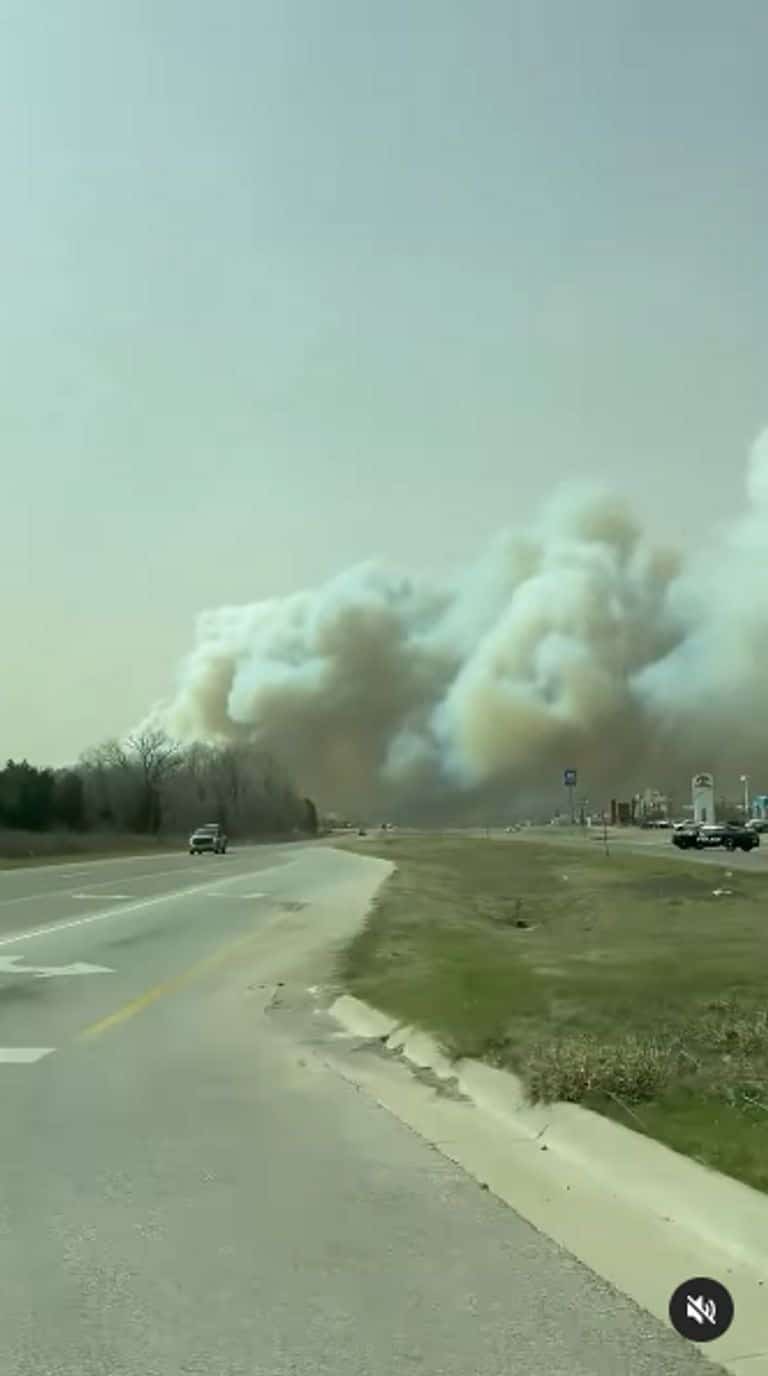
In Mississippi’s Walthall County, two powerful tornadoes touched down within 45 minutes. Tylertown alone has confirmed three fatalities, though officials warn the death toll may rise as search and rescue efforts continue. Preliminary assessments from the National Weather Service show some of the tornadoes reached EF3 strength, packing winds up to 165 mph. Further surveys could reveal even more intense damage.
Power outages are widespread, with more than 50,000 customers in Louisiana, Mississippi, and Alabama left in the dark as of Saturday afternoon. The severe weather threat isn’t over yet—nearly 70 million Americans, from the Northeast to Florida, could still be impacted through Sunday.
As if the tornado damage weren’t enough, an earthquake struck Mississippi over the weekend, further complicating recovery efforts. Authorities are now working to assess the damage caused by both disasters.
While a quake typically must exceed magnitude 4 or 5 to cause widespread destruction, local factors like soil conditions, building quality, and distance from the epicenter play major roles in determining its impact.
This earthquake is part of a broader pattern of recent seismic activity across the U.S. On Thursday, February 13, four small earthquakes rattled the area near Hayward, California, according to the U.S. Geological Survey (USGS).
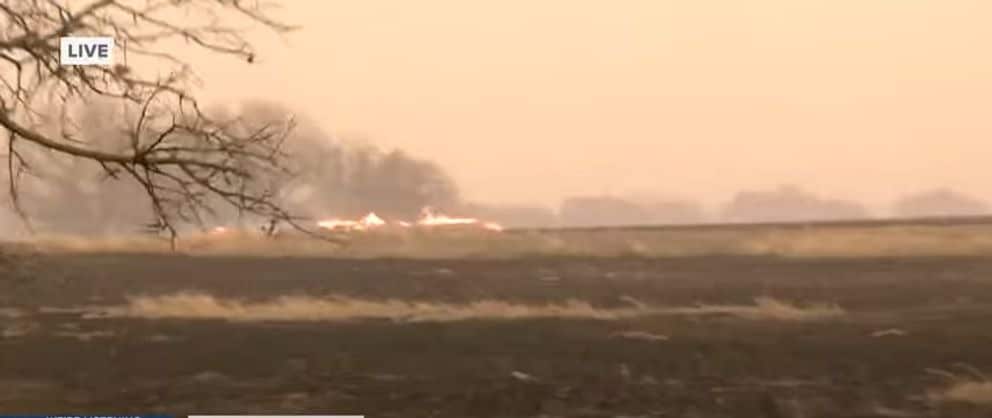
The quakes ranged from magnitude 2.7 to 3.6 and struck within a tightly clustered zone just 2 kilometers east of Hayward. The strongest of them—a magnitude 3.6—hit at 1:59 p.m. PST. Though considered minor, these quakes underscore the seismic risk in the region.
Hayward sits atop the Hayward Fault, a right-lateral strike-slip fault that runs through key East Bay cities like Berkeley and Oakland. The fault creeps slowly at around 5 millimeters per year, but uneven movement causes stress to build up—stress that can eventually be released in more powerful earthquakes.
Scientists estimate that deeper sections of the Hayward Fault may merge with the Calaveras Fault, potentially increasing the complexity of future seismic events.
Earthquake, Tornadoes, and Wildfires: Natural Disasters Batter the U.S.
From violent tornadoes in the South to raging wildfires in Oklahoma and renewed seismic activity in California, the U.S. has been hit by a wave of natural disasters in recent days — including a concerning earthquake along the Hayward Fault in California.
Hayward Fault: A Ticking Time Bomb
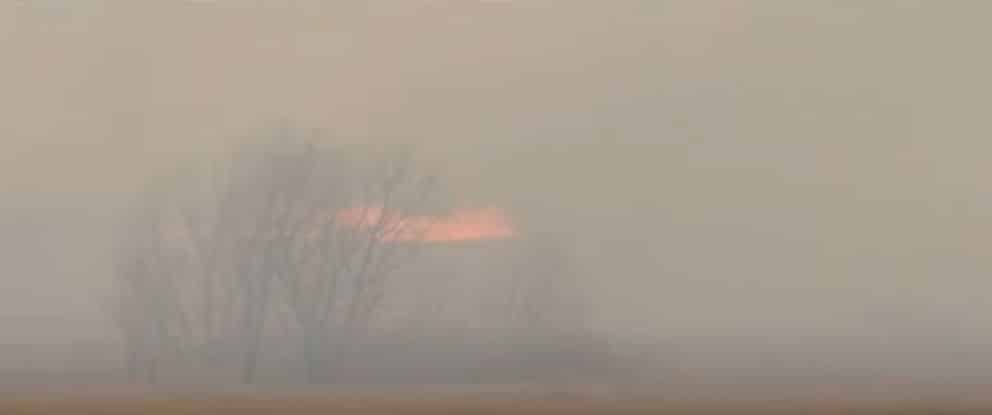
Seismologists at the University of California, Berkeley report that the last major earthquake along the Hayward Fault occurred on October 21, 1868. Known as the 1868 San Francisco earthquake, it registered an estimated magnitude of 7.0, rupturing the fault from Berkeley to Fremont and shifting the ground by more than six feet.
The quake killed five people, injured at least 30, and caused over $300,000 in damages — a staggering sum at the time.
Scientists warn that the fault is overdue for another major event. According to the U.S. Geological Survey (USGS), major earthquakes on the Hayward Fault typically occur every 140 to 170 years. More than 150 years have now passed since the last big one. A 2003 working group estimated a 27% chance of a magnitude 6.7 or stronger quake on the Hayward-Rodgers Creek Fault system within 30 years.
Geologists continue to monitor the area closely, especially after a series of small quakes rattled Hayward in February 2025.
Wildfires Devastate Oklahoma Amid High Winds and Dust Storms
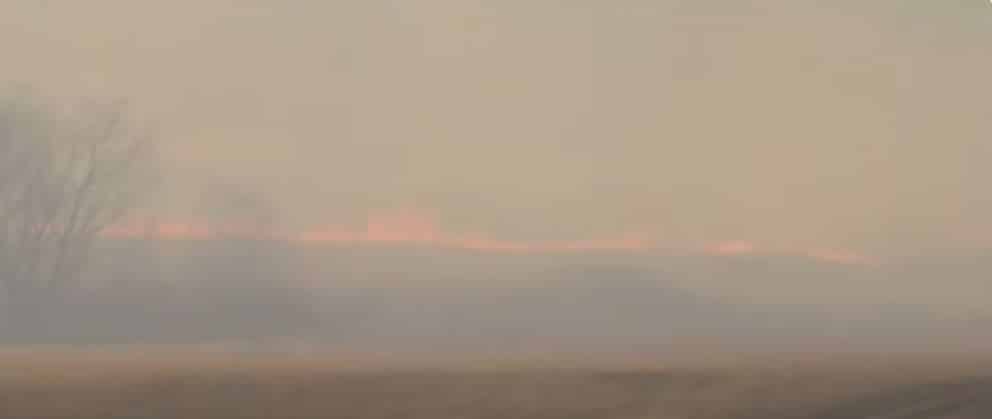
Oklahoma faced an equally dire situation as fierce wildfires swept through several counties on Friday, March 14, fueled by extreme winds and dry conditions.
Logan County was among the hardest hit. KOCO 5 meteorologist Michael Armstrong reported from the field as homes and vehicles burned to the ground. “It’s apocalyptic,” he said, describing flames engulfing everything in sight.
Firefighters battled multiple fast-moving fires, including the Baldhill, Gun Club, and Stripes wildfires, with varying levels of containment. Some fires, like the Bever wildfire and those in Osage County — including the Pulare, Tangon, and Bear wildfires — remained largely uncontrolled.
Residents across multiple counties, including Oklahoma, Seminole, Payne, and Garvin, were urged to be ready to evacuate. In Stillwater, officials ordered evacuations Friday night as a wildfire crossed Highway 51 into neighborhoods, threatening homes and businesses. Several hotels and a Walmart were evacuated as a precaution.
The National Weather Service in Norman also warned of a massive dust storm, reducing visibility across northwest Oklahoma and complicating firefighting efforts. Late Friday, a fire warning was issued for parts of Roger Mills, Dewey, and Custer counties as flames advanced toward communities like Leedey and Camargo.
Mississippi Earthquake Adds to Disaster Toll
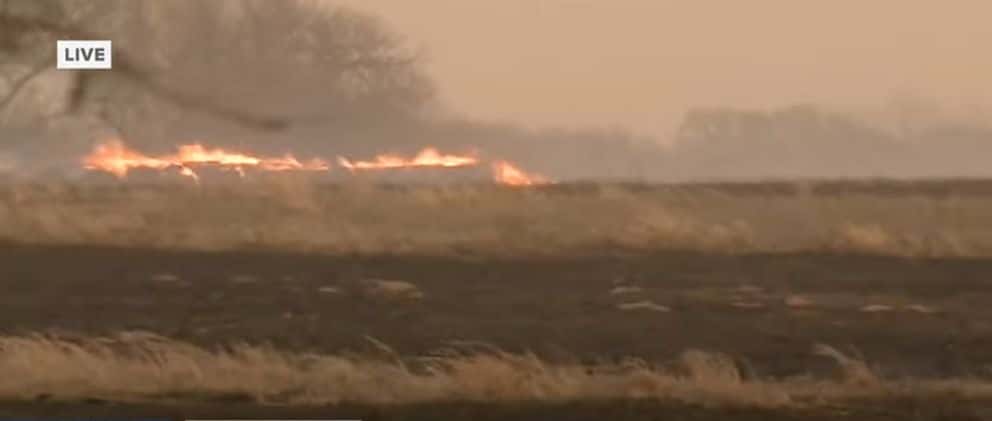
Amid cleanup efforts from a deadly tornado outbreak that killed at least 18 people across the South and Midwest, Mississippi was rocked by an earthquake, deepening the region’s crisis.
While the quake’s magnitude and epicenter are still under review, officials say it has hampered rescue and recovery operations. Experts note that earthquakes below magnitude 4–5 typically don’t cause major damage, but local soil conditions and building structures can amplify their impact.
The dual blow of tornadoes and seismic activity has left parts of Mississippi struggling to respond, especially as more severe weather is forecast through the weekend.